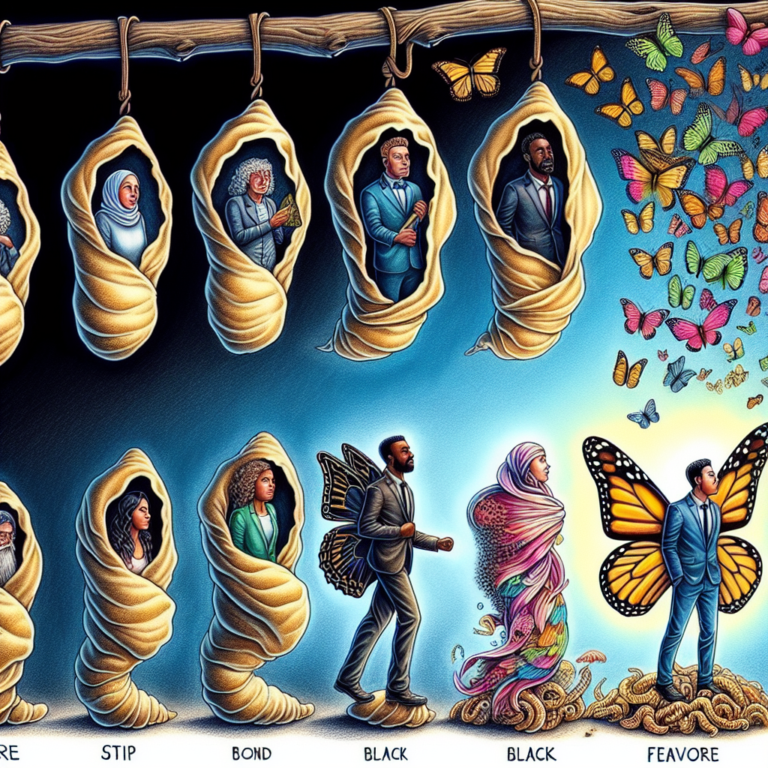How Does “Birds Of A Feather Flock Together” Relate To Community Building?
Have you ever wondered how people with similar interests, backgrounds, and beliefs tend to form communities and stick together? The saying goes, “birds of a feather flock together,” and it couldn’t be truer when it comes to community building. Just like birds that flock together based on their common attributes, people naturally gravitate towards others who share similar values, goals, and interests. This article explores the connection between this age-old proverb and how it plays a vital role in the formation and strength of communities. By understanding this concept, we can gain insight into how communities are built and maintained, fostering an environment of inclusivity and belonging.
I. Definition of Birds of a Feather Flock Together
The saying “Birds of a feather flock together” means that people who are similar in interests, values, and backgrounds tend to gravitate towards each other and form communities. This concept is often used to describe how individuals with similar traits or characteristics tend to associate with one another. In the context of community building, it refers to the tendency for like-minded individuals to come together, forming a cohesive group bound by their shared interests, goals, and values.
II. Understanding Community Building
Community building is the process of bringing people together with a common purpose or interest to create a sense of belonging and shared identity. It involves fostering connections, facilitating collaboration, and promoting cooperation among individuals who may otherwise have had limited interaction. Building a community involves creating a space where individuals can come together, share ideas, support one another, and work towards common goals. It requires understanding the needs and desires of community members and actively engaging them in the development and growth of the community.
III. Overlapping Interests and Values
One key aspect of building a community is identifying and nurturing overlapping interests and values among its members. When people have similar passions, hobbies, or beliefs, it becomes easier for them to connect, relate, and find common ground. Shared interests and values provide a foundation for individuals to bond and form meaningful relationships within the community. Whether it’s a love for art, a commitment to environmental sustainability, or a passion for entrepreneurship, finding commonalities among community members helps build a strong sense of camaraderie and unity.
IV. Shared Goals and Objectives
Building a community is often centered around a common purpose or goal that brings individuals together. Shared goals and objectives provide a sense of direction and focus within the community. By establishing a clear mission or vision, community members have a collective aim they can work towards, fostering a sense of togetherness and shared achievements. When people with similar aspirations come together, they can support and motivate each other, pooling their resources and knowledge to accomplish their shared goals.
V. Similar Communication Styles and Preferences
Effective communication is crucial for community building, and shared communication styles and preferences can greatly enhance the sense of connection and understanding within a community. When individuals communicate in ways that resonate with each other, it promotes clarity, openness, and effective collaboration. People with shared communication styles are more likely to feel comfortable expressing themselves, sharing ideas, and engaging in meaningful discussions. Understanding and adapting to the communication preferences of community members helps foster a positive and inclusive environment where everyone feels heard and valued.
VI. Establishing Trust and Reliability
Trust is a fundamental element of community building. To create a supportive and inclusive community, trust must be established and maintained among its members. When individuals trust each other, they can rely on one another for support, guidance, and cooperation. Trust builds a strong foundation for relationships, allowing community members to be vulnerable, share experiences, and seek advice and assistance when needed. Building trust involves being reliable, transparent, and respectful towards others, ensuring that community members feel safe and secure within the community.
VII. Building a Supportive and Inclusive Environment
Creating a supportive and inclusive environment is paramount in community building. Community members should feel valued, respected, and included, regardless of their backgrounds, identities, or perspectives. Fostering a sense of belonging and acceptance encourages active participation, engagement, and collaboration within the community. By promoting empathy, understanding, and constructive dialogue, community builders can create a safe space where individuals feel comfortable expressing themselves, sharing ideas, and seeking help or support.
VIII. Strengthening Social Bonds and Connections
Strong social bonds are the backbone of any successful community. As individuals come together with shared interests and goals, it is essential to create opportunities for meaningful connections and relationships to form. Facilitating networking events, organizing social activities, and encouraging collaboration are valuable strategies for strengthening the social fabric of a community. By providing platforms for interaction and encouraging positive social interactions, community builders can enhance the sense of connectedness and solidarity among members.
IX. Leveraging Resources and Expertise
A community’s strength lies in the collective resources and expertise of its members. Community builders must identify and leverage the diverse skills, knowledge, and experiences of individuals within the community. By encouraging the sharing of resources, expertise, and insights, community members can collaborate and support each other’s growth and development. This can range from mentorship programs and skill-sharing workshops to partnerships and collaborations that leverage the collective power of the community.
XI. Diversity and Inclusion in Community Building
Diversity and inclusion are essential aspects of community building. A diverse community benefits from a range of perspectives, experiences, and backgrounds that can enrich discussions, problem-solving, and decision-making processes. By intentionally creating an inclusive community that welcomes people from different backgrounds and experiences, community builders can foster a dynamic and vibrant environment where multiple voices are heard and valued. Embracing diversity and promoting inclusion not only enhances the overall quality of the community but also encourages equity, fairness, and social justice.
In conclusion, the saying “Birds of a feather flock together” finds its relevance in community building. Building a community involves understanding and nurturing shared interests, values, goals, and communication styles among its members. Trust, support, inclusivity, and the leveraging of resources and expertise are pivotal in community development. Ultimately, fostering diversity and inclusion in community building ensures a vibrant and inclusive environment where everyone can thrive and contribute towards shared goals and objectives.






